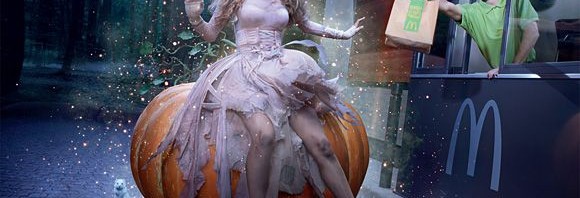On April 7-9, 2016, the FTTV Project Participants traveled from Provo, Utah to Berkeley, California to present their panel at the Western States Folklore Society Conference. Ariel Peterson was first up with her analysis of fairy godmothers that usually appear as fat fairies (whether in actual body type or symbolized by a round dress). Lauren Redding showed …
Continue reading “Fat Fairies, Mash-Ups, and Advertisements: the Hypnotic Effect of TV Fairy Tales”

